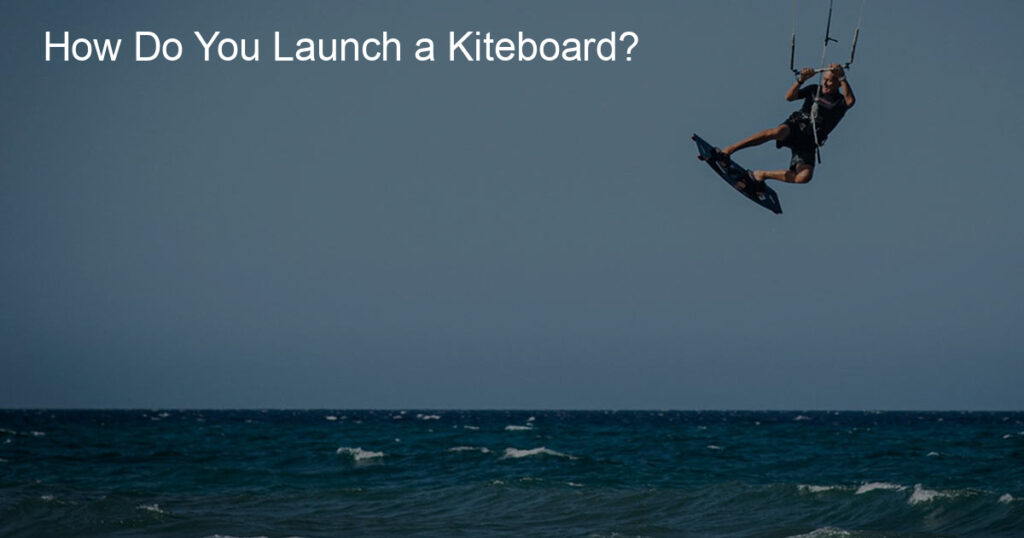If you want to learn how to launch a kiteboard you’ve come to the right place. You’ll find a friendly beach get in shallow water and start practicing body drag. Once you’re up and running you can try some figure 8 patterns or a sine wave pattern to get your feet moving. Landing in deep water is optional but recommended. You’ll need to be steady and able to stay in the air to maintain your balance.
Steps tolaunch a kiteboard
Before you attempt to launch a kiteboard make sure you are ready. Prepare yourself mentally by running through a checklist. Get the harness on attach the leash and check the downwind line. Have your board and harness ready before you ask for help. By following a thorough pre-flight checklist you’ll be more prepared and avoid many common mishaps. Follow these steps for a smooth launch.
Once you’ve secured your harness and positioned your feet on the board’s foot-straps you’re ready to get the ride started. To get started place the board in front of you and lean forward. The wind should be blowing from behind. Alternatively you can tuck your body toward the front of the board to get a flat start. Once you’ve positioned yourself it’s time to grab the kite!
How do you control a Kitesurfing kite
To learn how to control a Kitesurfing kit you need to turn your upper body and release the middle leader line. Once the kite is released it will go on its back and start traveling in the direction you are steering. To steer upwind edge your board backwards and press your back foot hard. To increase upwind speed lock your kite in at thirty to forty degrees.
The next step is to hold on to the board. You can’t look down too often when you’re riding. The board has a better feel than your kite so try to maintain balance by leaning backward rather than attempting to steer the board. As you go upwind position the kite low in front of your body. It can be anywhere between one and ten o’clock.
What is a kite anchor?
To keep your kite anchored you must first make sure that you are flying in safe areas. A park or beach may not have adequate rocks or stakes to anchor the kite. In that case you can wind the kite line around a pole or tree branch. While this works as a temporary solution it is not a secure anchor and may endanger you or your kite. Be sure to use a kite anchor when flying near people.
Depending on the size of your kite you may want to buy a heavier anchor or choose a sand anchor. When it comes to kites box kites tend to pull harder than sleds do. For this reason you should purchase a kite anchor with a suitable breaking strain. Beach anchors are typically larger squares made of heavy material. If you do not live near a beach you may want to consider buying a sand anchor.
How do you get up on a board kiteboard?
One of the first things that you need to know when kiteboarding is how to get up on a board. You can’t rely on your legs to pull you up on the board; instead you need to use your body weight to push yourself up. The trick is to keep your feet apart and the heels close together and to keep your toes pulling the straps. Then you’ll be ready to push off.
Your body needs to be positioned correctly to begin your board ride. Knees should be soft and point over your toes. You should also push your legs away from the board so that you’ll have more leverage as you move. Remember to keep your knees bent as you apply pressure to the board’s edge. Once you’re up and have gained enough leverage you can navigate.








